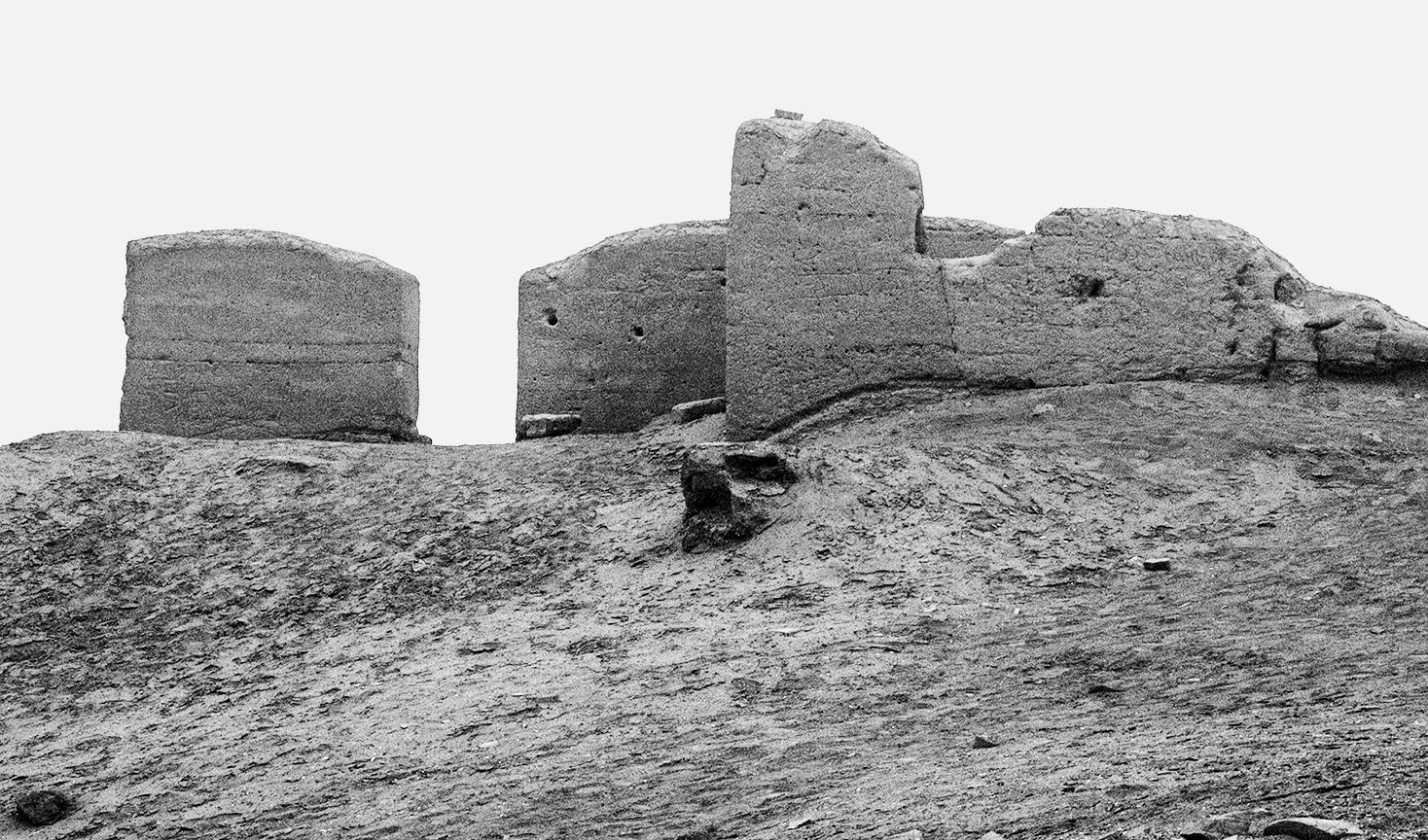History of Architecture I/II

The ruins of the Casa del Kipi at Pachacamac. Source: Gary Urton, Inka History in Knots. Reading Khipus as Primary Sources, University of Austin Press, 2017.
This course proposes an alternative to the understanding of architecture’s history as a linear sequence of stages of development of mostly Western civilisations (Mesopotamian, Egyptian, Greek, Roman, etc…) with a series of questions located in different regions and times, suggesting a multiplicity of potential origins. How, when, where, who, and most importantly, why do we begin to question architecture’s relationship to its own past? Is there a year zero, an origin or a beginning of architecture? Moreover, can we even think of ourselves as human beings without architecture? At least since the Renaissance, a persistent feature of modern architecture has been an obsession with its origins. Generations of architectural thinkers over the past five hundred years have sought to find the essence of architecture in its origins. Hoping to illuminate or reorient the present, they have juxtaposed it with fabricated ideas of a distant past. In close dialogue with experts working in complementary fields, this course is designed to open and broaden our understanding of the past by interrogating it in relation to what is meaningful in our present and, in so doing, broadening what we can imagine as possible futures. Asking about the beginnings of architecture will do little to help us uncover its supposed essence. Instead, this course offers to open a pluralistic historical record by exposing students to the view of several experts in earlier stages of humanity. By so doing, students will be confronted with critical questions about different notions of what society, ecology, technology, and politics have been, are, and could be.
The connection of modern architecture with its hypothetical origins has its own history. This class will critically interrogate that history by setting it alongside new accounts about the dawn of humanity. Looking back, Renaissance intellectuals saw antiquity as an undeniable point of reference and, thus, understood architecture as closely connected with archaeology. Since the eighteenth century, appeals to prehistory consistently sought to relate architecture to its origins to heighten its formal, social, or technical dimensions. Ever since, ideas about modern architecture have often entailed the invention of a prehistorical past. Abe Marc-Antoine Laugier, to cite a famous example, found in the “primitive hut” an ideal for architecture to move away from the formal excesses of the Baroque. For his part, Gottfried Semper, writing amidst growing industrialisation, saw the origins of architecture in continuity with the development of techniques and technologies of subsistence. Even in the twentieth century, modernist architects and historians such as Bernard Rudofsky, Siegfried Giedion, and Reyner Banham evoked images of a distant past to complicate, justify, or simply observe contemporary developments. The fabrication of these images of prehistory—along with the prejudices they often harboured—should be understood as part and parcel of the modern architectural ideologies from which they emerged. These intellectual constructions were less a definitive settling of historical questions than a reflection on architecture’s always difficult relationship to the present. The study of architecture’s beginnings tells us little about its past and more about our place in relationship to an ever-changing present.
Contemporary urgencies and anxieties have not only given way to modernist ideologies but also cleared paths to new ways of understanding the beginnings of our species and its relationship to the environment. Climate change has opened the eyes of historians, archaeologists, and anthropologists to the extended history of our involvement in transforming nature. Agriculture, domestication, socialisation, accumulation, terraforming, ritualisation, and other longstanding processes of change that define our place in the world seem ever more prescient, particularly now, when our relationship with nature is more critical and fragile than ever. Did we really make architecture, or did architecture make us? What pre-human ecological processes made the spread of humanity possible in the first place? How did the domestication of wild species turn humans into largely domesticated animals? How did the discipline of agriculture, in turn, discipline cultivators? Moreover, looking at social experiences in the distant past will help us destabilise received ideas about what society should be and what place architecture should have in them. Are humans inherently unkind, or does society corrupt them? Anthropologists have recently suggested that this well-known modernist dilemma—one that has long-informed hypotheses about the origins of architecture—may have trapped us in an unnecessary impasse. Is collective housing a by-product of industrialisation? Archaeologists of pre-Columbian civilisations in the Americas suggest otherwise. Are cities modern machines for distributing power and inequality? Anthropologists studying non-hierarchical human settlements in the Caucasus have recently argued against this standard view. Is civilisation a process of permanent secularisation? Experts on religion and ritual will argue differently, pointing instead to the entanglement of enlightenment and myth from prehistory to the present. These and other urgent questions will be debated in this class to introduce students to the relevance of architectural history in our own time.

